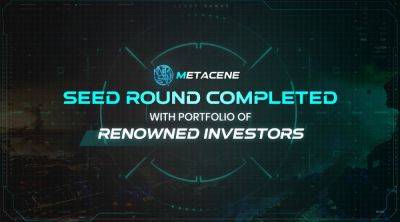Implementing tokenized securities for regulatory compliance
Tokenization, today, is no longer a buzzword but a phenomenon that needs more comprehension. Over the years, on-chain tokenized securities have gained acceptance among the big shots of the finance sector that want to leverage it for newer investment opportunities.
As understood, converting traditional securities such as real estate assets, stocks, bonds, etc., into digital tokens over a blockchain is known as tokenized securities in the popular sense.
Since they are programmable, tokenized securities enable the implementation of automated compliance rules and the execution of complex financial transactions.
While we are at it, the idea that tokenized securities are used to bypass regulations is wrong. In reality, tokenization can help regulations work better by making things more transparent, automating compliance and keeping track of transactions. It can simplify regulatory processes and create a safer and more effective system for everyone involved.
Blockchain’s immutability is valuable during audits and investigations, as it provides real-time visibility into transactions and ownership records. This enables regulators to monitor activities, identify frauds and ensure adherence to obligations.
Moreover, regulatory frameworks embracing tokenized securities can foster innovation, attract more participants and cultivate opportunities for emerging business models.
The Monetary Authority of Singapore (MAS) has granted approvals for security token offerings (STOs) and established a regulatory sandbox for blockchain-based financial services, fostering controlled experimentation.
The European Commission’s whitepaper on distributed ledger technology (DLT) proposes regulatory measures to ensure compliance of DLT-based products and
Read more on cointelegraph.com




















